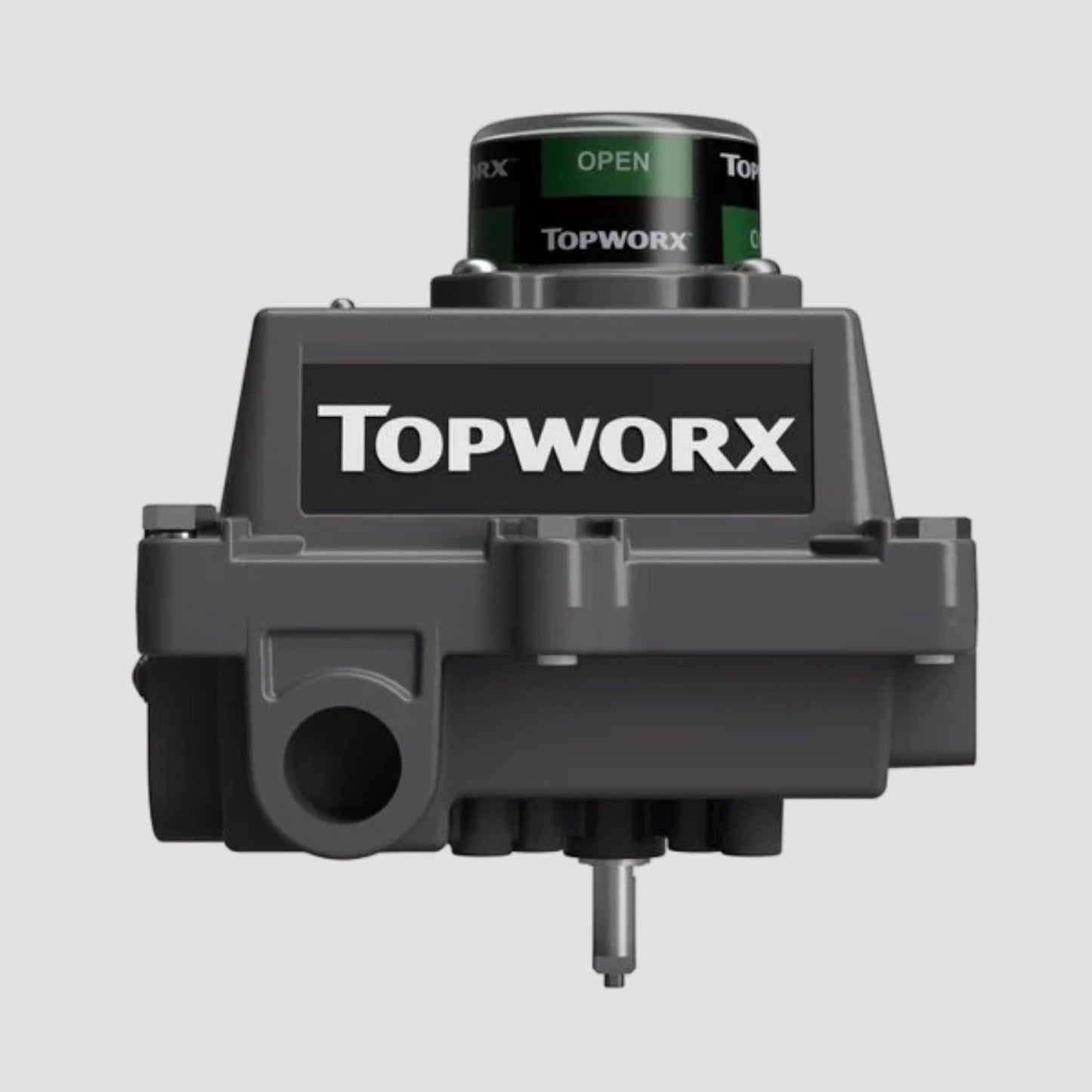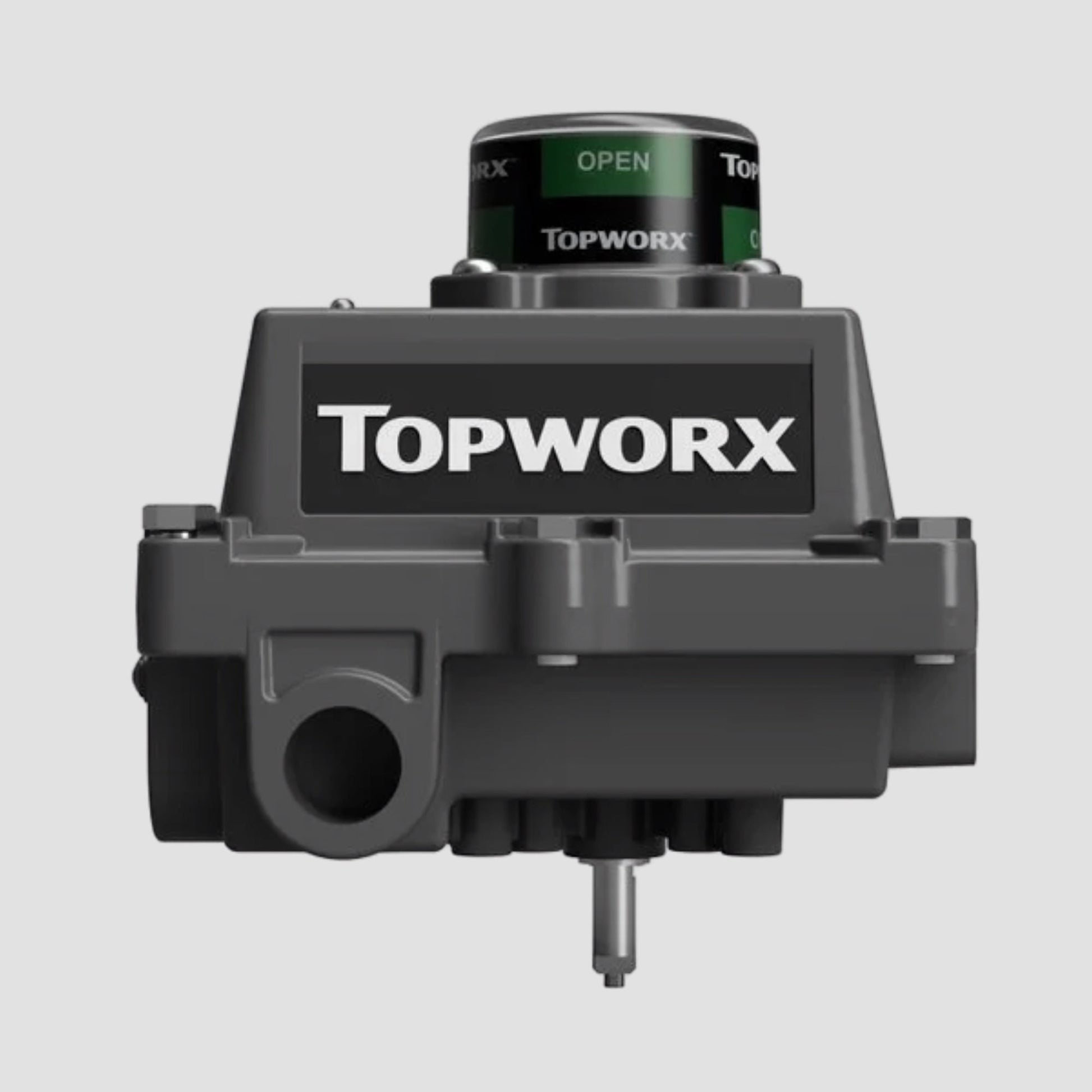Topworx Switchboxes
TopWorx Limit Switch Box DXP-001GNMB Valve Monitor
TopWorx Limit Switch Box DXP-001GNMB Valve Monitor
Couldn't load pickup availability
Product Description for TopWorx Limit Switch Box DXP-001GNMB Valve Monitor
The TopWorx DXP-001GNMB Limit Switch Box is designed for reliable performance in hazardous environments, making it ideal for applications requiring explosionproof or flameproof safety. This valve monitor is housed in a robust tropicalised aluminium enclosure, built to withstand harsh climates and corrosive environments. With a standard 90° green OPEN visual display, operators can easily monitor valve status in real time, adding convenience and safety to your setup.
Key Features:
- Durable Enclosure: DXP model in tropicalised aluminum, ensuring resilience in tropical and industrial environments.
- Explosionproof/Flameproof Rating: Classified for use in hazardous areas, providing enhanced safety.
- Visual Display: Standard 90° green OPEN indicator for clear and immediate valve position visibility.
- 316 Stainless Steel NAMUR Shaft: Constructed with a NAMUR-compatible 316 stainless steel shaft for added corrosion resistance and compatibility.
- Dual M20 Conduit Entries: Equipped with two M20 conduit entries for flexible wiring options.
- Buna-N O-Rings: Ensures a secure and durable seal to prevent leakage and maintain integrity in various operating conditions.
With no regional certification requirements or additional pilot devices, this streamlined configuration is ideal for operations focused on functionality and durability.
Share

Enquire Online!
FAQ's
What is the difference between a valve and an actuator?
What types of actuators are available?
The main types of actuators are:
Pneumatic actuators – use compressed air for fast, reliable operation.
Electric actuators – use electrical power for precise control.
Hydraulic actuators – use fluid pressure for high-torque applications.
Each type offers unique advantages depending on the environment, media, and system control needs.
How do I choose the right actuator for my valve?
To select the correct actuator, consider:
Valve type and torque requirement
Power source available (air, electric, or hydraulic)
Operating environment (temperature, humidity, hazardous area)
Control signal type (on/off or modulating)
Matching actuator torque and compatibility with the valve’s ISO mounting ensures reliable performance.
What are the main types of valves used in automation?
The most common valves in automated systems include:
Ball valves – for tight shutoff and quick operation.
Butterfly valves – for larger flow control with compact design.
Globe valves – for precise throttling and flow regulation.
Check valves – to prevent backflow.
Gate valves – for full bore flow isolation.
What’s the difference between a double-acting and spring-return actuator?
Double-acting actuators use air (or power) to both open and close the valve.
Spring-return actuators use air to open (or close) the valve, and a built-in spring to automatically return it to a safe position when power or air is lost — ideal for fail-safe operation.
How often should valves and actuators be serviced?
Regular maintenance intervals depend on operating conditions, but a good rule of thumb is to inspect every 6–12 months.
This includes checking for leaks, lubrication, seal wear, and actuator responsiveness to prevent unexpected downtime.

